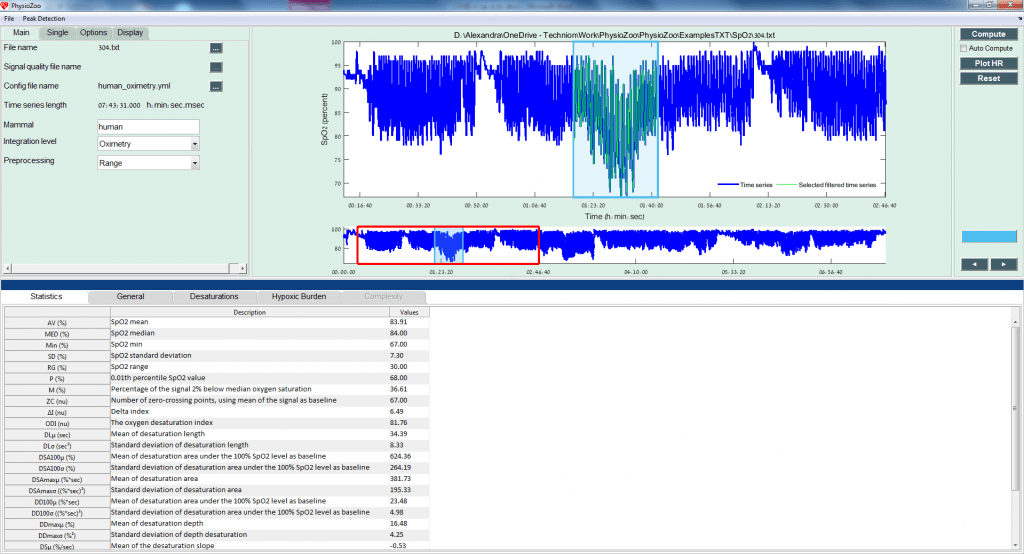Biomarkers for COVID-19
Oximetry Biomarkers for COVID-19 Diagnosis and Management
Researchers at the Technion – Israel Institute of Technology and Rambam Health Care Campus have developed a toolbox that will help analyze the information gleaned from the physiological time series of oximeters increasingly being used during the ongoing COVID-19 pandemic.

Assistant Professor Joachim Behar
During the pandemic, many individuals with suspected or confirmed, but mild cases of COVID-19 are told to monitor their symptoms at home or from government managed locations (hotels in Israel). Hospitalization is only an option if there is a medical need, in particular shortness of breath. As a result, there has been an increase in purchases of low-cost commercial oximeters for people to self-monitor their oxygen saturation.
A low oxygen level in the blood means low oxygen in the body’s tissues, a condition that can ultimately lead to organ failure.
While monitoring the blood oxygen level may be a meaningful way to remote monitor individuals with mild COVID-19, a number of these commercial devices, even if CE or FDA approved, have limited accuracy. As a result, their practical use in this specific context is debatable.
More importantly, patients in the intensive care unit (ICU) with pneumonia, a common complication of the coronavirus, are continuously monitored with oximeters. However, there is a lack of smart algorithms that can exploit the information encrypted within these oxygen saturation physiological time series. The development of such algorithms could better support the continuous monitoring of ICU patients and predict eventual deterioration.

Jeremy Levy
What remains unclear is how exactly the information contained in the oxygen saturation physiological time series may be useful. Are trends or absolute values or the occurrence of specific patterns the most meaningful information to identify the disease and predict its course?
With these questions in mind, the laboratory for Artificial Intelligence in Medicine (AIMLab., https://aim-lab.github.io/) in the Technion Faculty of Biomedical Engineering has developed a toolbox of oximetry biomarkers to analyze these physiological time series. The toolbox, developed by master’s student Jeremy Levy and Assistant Professor Joachim Behar together with Dr. Ronit Almog and Dr. Danny Eytan from Rambam Health Care Campus, has been integrated into the open-source software PhysioZoo developed jointly by the AIMLab and the Bio-electric and Bio-energetic Systems Laboratory headed by Professor Yael Yaniv. The software PhysioZoo can be freely downloaded at (https://physiozoo.com/).



